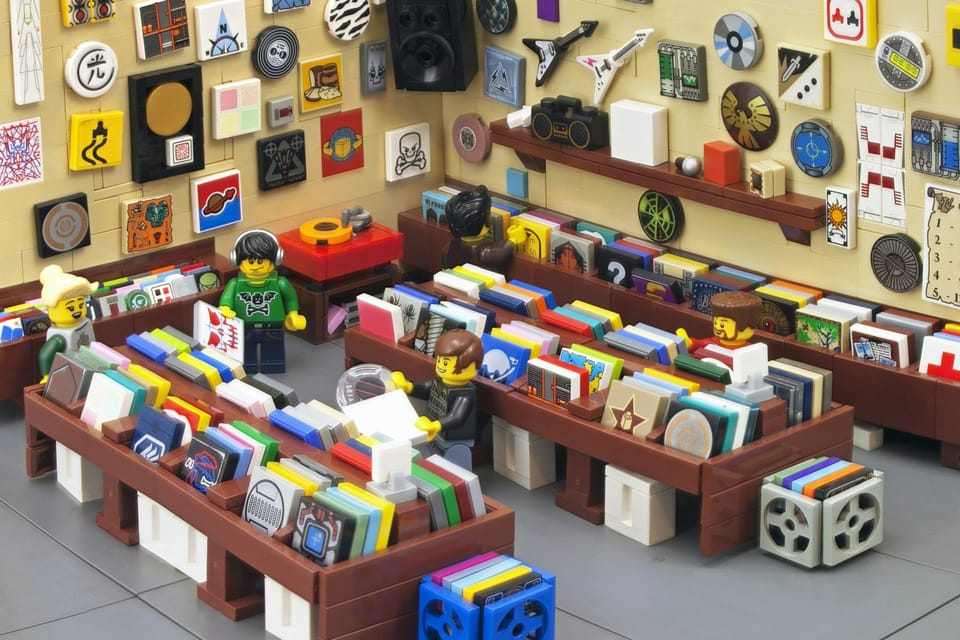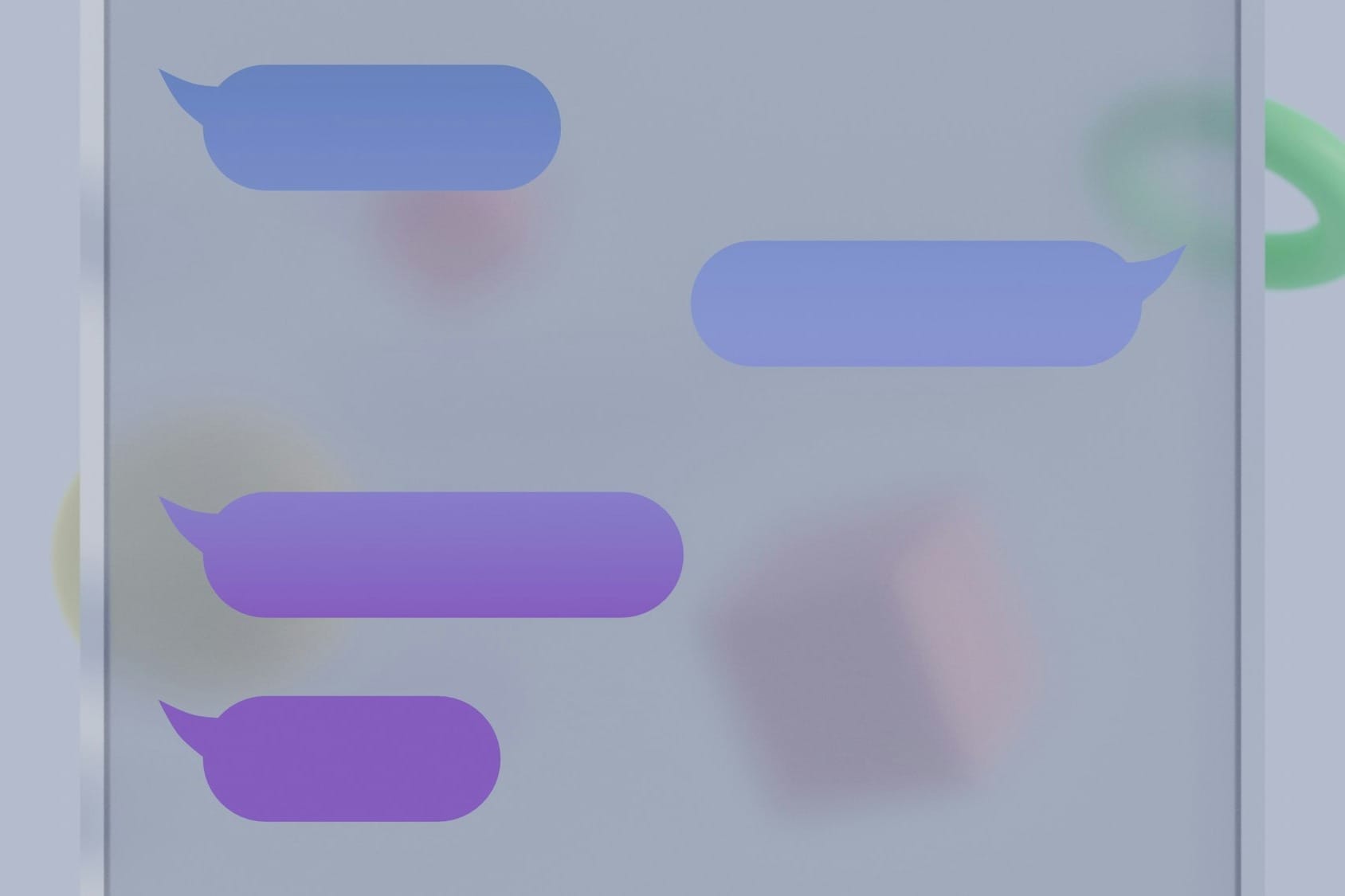The Kindle is Almost Perfect

For a few years, I had wanted to get myself an e-reader, but until last year, none really stood out as being the device to get. I wanted something that replicated what it felt like to look at a physical page without the bulk of a physical book. Sure, there are e-readers a plenty - you’ve got your Kindles, Nooks, Boox, and your Kobos among man others, but eventually I settled on the Kindle. I figured at the time that it was the best option - a tried and true brand with longevity both behind and ahead of it.
The updated 2021 Paperwhite model has a 6.8” display with slimmed down bezels from it’s 2019 counterpart, dust and water resistance, 32 GB of storage (only on the Signature model), adjustable colour temperature control on top of the adjustable backlight, and most important of all, finally dropped Micro USB in favour of USB-C with fast charging (which you likely won’t need because this thing’s battery will last you months).
It’s been such a joy using this device. It’s what I reach for at the end of each day when I want to wind down just before bed. But, despite all of the benefits that the 2021 Kindle Paperwhite provides, it’s also hard not to see the Amazon of it all.
It should come as no surprise, but the only real way to purchase and read books is via the Kindle book store. You can do this on the Kindle itself, but the e-ink experience, while great for passive interactions such as reading, isn’t quite there yet when it comes to direct interaction, such as scrolling through an online bookstore. I’ve found that the best workaround for this is to use the Kindle app on your phone or computer, purchase the book, and then have it sync over.
The Kindle does technically support a wide variety of format outside of Amazon’s proprietary .azw (the Amazon branded version of .mobi), but trying to get them onto your device isn’t as simple as you’d think. You can’t just connect your Kindle to your computer, drag and drop whatever file you want to read, and then read it. Instead, if you want to read, let’s say a .pdf, you need to use Amazon’s Send to Kindle service, which converts whatever file format you want to send over to the .azw file. On top of this, the Kindle until very recently did not support the widely used and open-source .epub file format either. So really, the only option available to convert your files to be read on the Kindle was to use a service like Calibre.
While you can borrow books from public libraries in the US, that service isn’t available for us plebs in Canada. But frankly, the biggest omission, in my opinion, is that the Kindle doesn’t sync with any read-it-later service like Pocket or Instapaper. For a device whose main function is to make it easier and more enjoyable to read, it seems like that would be the killer application to have and it shocks me that it isn’t there. There are some workarounds to send your Pocket or Instapaper articles over, but none of them are elegant.
The Kindle is a fantastic little device that excels in its primary function, but many of its aforementioned shortcomings are intentional on Amazon’s part to keep you within its walled garden. Sure, I could use another e-reader that supports the .epub format, or use services like Open Library, Project Gutenberg, or the Internet Archive to find free eBooks to read, but what Amazon was able to do with the Kindle in terms of its incredible ease of use is what makes it so frustratingly easy to stay within its limited ecosystem.
If Amazon were to fully and properly embrace the .epub format, open up its library borrowing to more countries than the US, and offer a read-it-later service, the Kindle would absolutely be perfect. But that’s likely never going to happen, and Amazon doesn’t need it to be perfect - it just needs us to be okay with the “just-enough” that it provides in terms of its hardware and software offerings.




